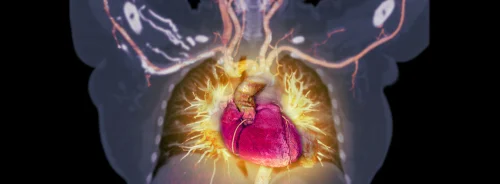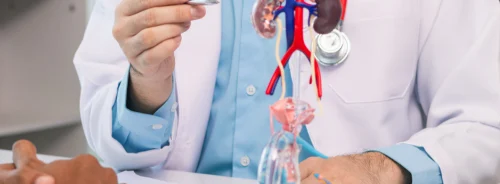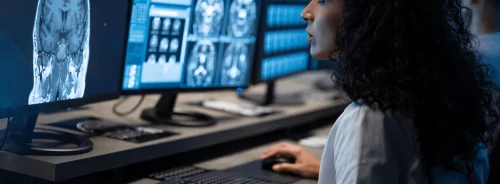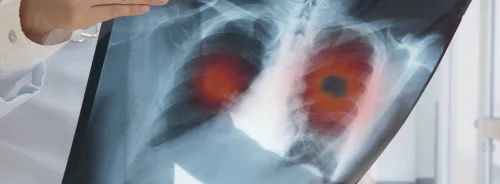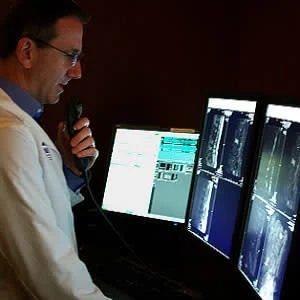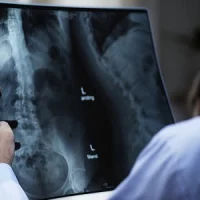The practice of radiology has historically ranged along the continuum of community-based private practice and academic practice. However, as academic radiology practices expand into the community, the lines that have historically distinguished the academic from private practice radiologist are becoming increasingly blurred, according to an article published online in the Journal of the American College of Radiology.
In this article, authors Megan Kalambo, MD and Jay R. Parikh, MD, both from Department of Diagnostic Radiology at The University of Texas MD Anderson Cancer Center, introduce the concept of the community-based academic radiologist (CBAR) and address some of the unique challenges and opportunities faced by radiologists navigating this new hybrid role of academician and radiologist in community-based private practice.
Historically, private practice radiology partners with independent imaging centres or contract with a community hospital to provide service. Because success of the practice is based on speed and competence, the individual radiologist’s reading volumes and overall clinical productivity are significantly higher than they are for the traditional academic radiologist.
In contrast, academic radiology, like academic medicine, has traditionally been practiced in academic hospitals, where radiologists focus on education and research in addition to patient care. This pathway has served as the primary source of scientific and technologic progress in radiology, because academic radiologists are tasked with educating the next generation of radiologists. Most academic radiologists are employed by their academic hospital, school of medicine, or affiliated foundation and interpret studies in their specific area of fellowship training or expertise.
"Deployment of academic radiologists into the community can help achieve not only the mission of the academic institution but also the goals of current U.S. healthcare reform," Drs. Kalambo and Parikh say. Potential benefits from such deployment include (1) improving access to services by serving patients in new geographic areas; (2) reducing disparity by offering subspeciality radiology to all populations served; (3) improving outcomes by detecting disease at earlier stages; and (4) access to additional patient safety and quality metrics.
When an academic institution partners with a community hospital, the community hospital, in theory, gains improved access to the latest technologies, research, and clinical trials. However, the new partners may face some challenges. For example, CBARs may find it difficult to perform research and teaching without the infrastructure of a traditional academic hospital.
Moreover, the role of the radiologist as educator often has new dimensions in the community hospital setting. Not all community hospitals train medical students, residents, or fellows as part of day-to-day practice. Such training requires multiple logistical steps to be well coordinated between the academic hospital and each of the partnering community hospitals, which can be a resource-heavy endeavour.
There are other ways by which CBARs can help the community hospital. The authors say CBARs can engage in practice development, technologist education, and community outreach. Similar to their private practice colleagues, CBARs will also have opportunities to serve on hospital-based committees, which may include cancer, mortality and morbidity, utilisation review, and peer review committees.
"Having the ability to provide real face time with referring providers goes a long way toward practice development," the authors note. "This structure is set apart from that of traditional academic hospitals, where referral patterns are inherent to the academic practice and not as heavily influenced by individual providers."
As CBARs may have roles at the community hospital that are different from the roles of the traditional academic radiologist, the academic employer has to be flexible in setting performance expectations for CBARs. Performance metrics and criteria for promotion for CBARs should be tailored on the basis of their specific roles, according to the authors.
"The paradigm shift in healthcare has challenged the traditional academic medicine model and forced it to adapt in ways that align with ongoing healthcare reform," the authors write. "The role of the CBAR is multidimensional and evolving but provides a unique opportunity to bridge academic and community-based practice priorities in a way that ultimately improves access to subspecialised care."
Image Credit: Zackstarr via Wikimedia Commons
References:
Kalambo M, Parikh JR (2018) The Community-Based Academic Radiologist. J Am Coll Radiol, Article in Press, Available online 27 July 2018. https://doi.org/10.1016/j.jacr.2018.06.021
Latest Articles
Radiology, radiologist, community-based academic radiologists
The practice of radiology has historically ranged along the continuum of community-based private practice and academic practice. However, as academic radiology practices expand into the community, the lines that have historically distinguished the academi

